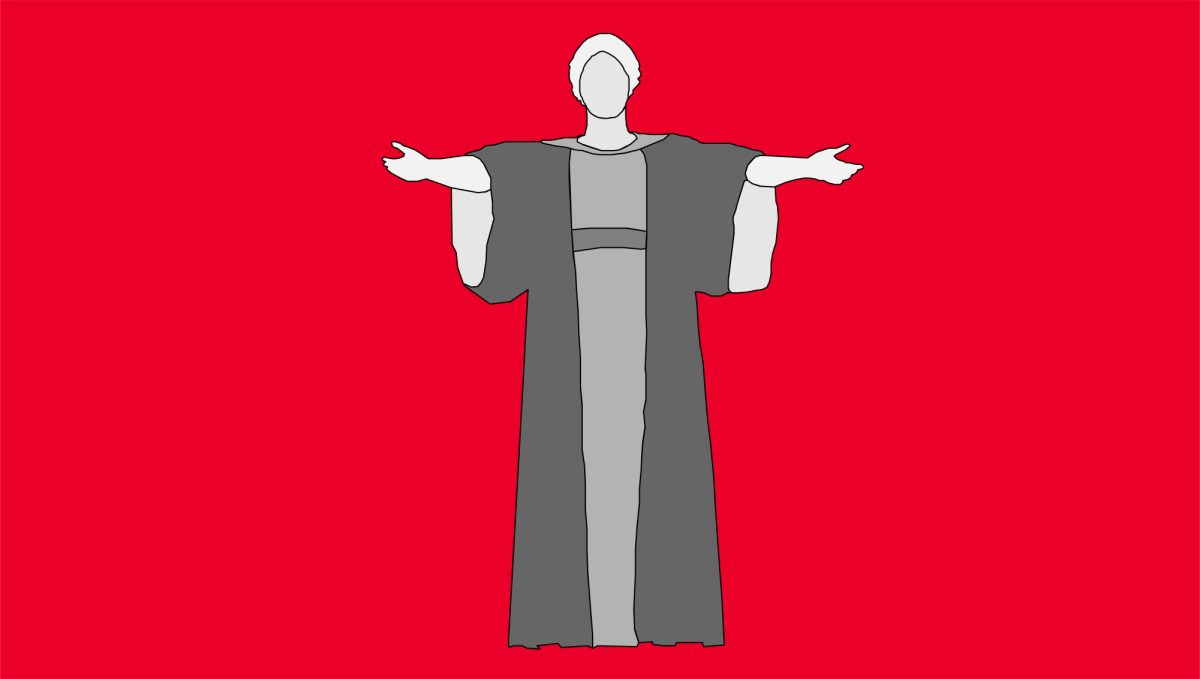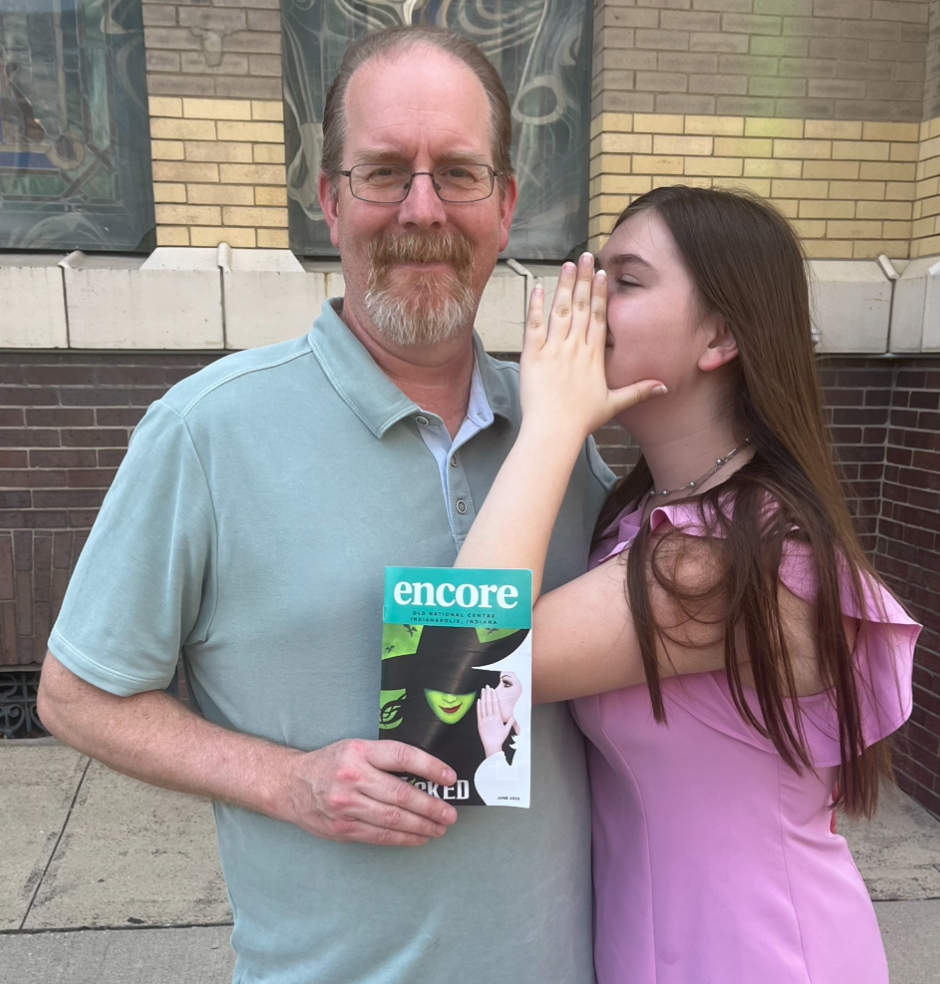This article contains minor spoilers for both “Sunrise on the Reaping” and “The Hunger Games.”
“The Hunger Games” has remained one of the most enduring works of fiction since its publication in 2008. It is a series that I, along with many my age, grew up reading. Because of this, when I heard that a prequel would explore the Hunger Games of Haymitch Abernathy, I was beyond excited. I thoroughly enjoyed 2020’s “The Ballad of Songbirds and Snakes,” and had a feeling Suzanne Collins would once again craft a compelling novel that expands on an already detailed and fascinating world. In her newest novel “Sunrise on the Reaping,” she does so masterfully, creating a tragic and emotional story that I found impossible to put down.
To my surprise, the novel connects both “The Ballad of Songbirds and Snakes” and “The Hunger Games.” Anyone familiar with “The Hunger Games” already knows how Haymitch’s story ends in tragedy, as the original series reveals some details about his past. His mother, younger brother and girlfriend are doomed from the start, as are his fellow tributes from District 12 and the other 11 districts of Panem.
Despite this inevitability, I couldn’t help but grow attached to these characters—especially Louella McCoy, Maysilee Donner and Ampert. Louella serves as a parallel to Rue in Katniss’ games; both are innocent figures whom the protagonist tries, and ultimately fails, to protect from the horrors of the arena. Ampert, the son of past victor Beetee, adds another heartbreaking layer to the story. As punishment for Beetee’s rebellion against the Capitol, Ampert is forced into the Games while Beetee must watch helplessly as his son is killed. His involvement in Haymitch’s plan to destroy the arena adds weight to Beetee’s later redemption in “Catching Fire.”
Maysilee Donner, however, is the most fascinating. She begins as a privileged, somewhat snooty girl from District 12 but grows into someone Haymitch sees as a sister, despite his initial disdain for her. Her eventual death at the hands of Capitol-engineered muttations is one of the most tragic moments in the book. Anyone familiar with the series knows that she will not leave the arena alive, but as Haymitch grows close to her, so does the reader. Her twin sister, Merilee Donner, who would later go on to pass down the very same Mockingjay pin to her granddaughter Madge, who would give it to Katniss as her token in the first novel. Because of this, the Mockingjay becomes the symbol of the rebellion in the final book in the series.
Haymitch’s relationship with Lenore Dove, his girlfriend, is central to his survival. Being Covey, a group of musicians who live in district 12, she is deeply connected to music and poetry. This is reflected in her character, and her defiant nature in the face of the repressive Capitol pairs well with Haymitch’s rebellious nature, although it is tragically the rebellious streak running through both that gets Haymitch unfairly reaped and Lenore arrested during the games. Her connection to Lucy Gray Baird, Snow’s love interest in “The Ballad of Songbirds and Snakes,” is particularly intriguing, as it draws parallels between Haymitch and Snow. Both men experience love as their greatest weakness, but while Snow vows never to love again after Lucy Gray, Haymitch continues to hold on to his love for Lenore, even after her death. This love ultimately drives him to protect Katniss during her Games, fulfilling his promise to Lenore. Her death at the hands of Snow makes Haymitch’s eventual role in the rebellion against the Capitol fitting and deeply satisfying for the reader.
The deaths of Haymitch’s friends and allies are extraordinarily tragic when you consider the fact that their acts of rebellion were hidden from the world and never seen. “A Sunrise on the Reaping,” as novels in the series often do, touches on many socially relevant issues. While every book comments about it in some form, censorship is a central driving plotline in “Sunrise on the Reaping.” From Haymitch being reaped unfairly to cover up a near riot, to Haymitch’s games being heavily edited to suppress any doubt of the Capitol’s absolute power, censorship can be seen throughout the novel. The fact that Haymitch’s games were heavily censored adds to the tragedy of the story, as much of what Haymitch and his fellow tributes, namely Ampert and Maysilee, do in the arena is done to try and spite the Capitol. The fact that this was censored and never seen adds to the feelings of hopelessness that Haymitch experiences for the next 25 years.
Beyond providing a deeper understanding of Haymitch, the book also enriches our understanding of Panem and the events of the main series, particularly “Catching Fire.” Over the course of the novel, the reader witnesses Haymitch’s tragic descent into depression and substance abuse. He loses everyone he cares about and, in response, shuts himself off from the world. However, his promise to Lenore—to stop the Hunger Games—remains intact. He fulfills this promise by mentoring Katniss and Peeta and, eventually, by joining the rebellion himself.
As a massive fan of the previous books in the series, I cannot recommend this book enough. Not only does it expand on the backstory of one of the most important characters in the original series, but it also expands the world of Panem as a whole. It is a tragic story that is simultaneously difficult and emotionally taxing to read, but also impossible to put down. It truly is a must read for any fan of “The Hunger Games.”















